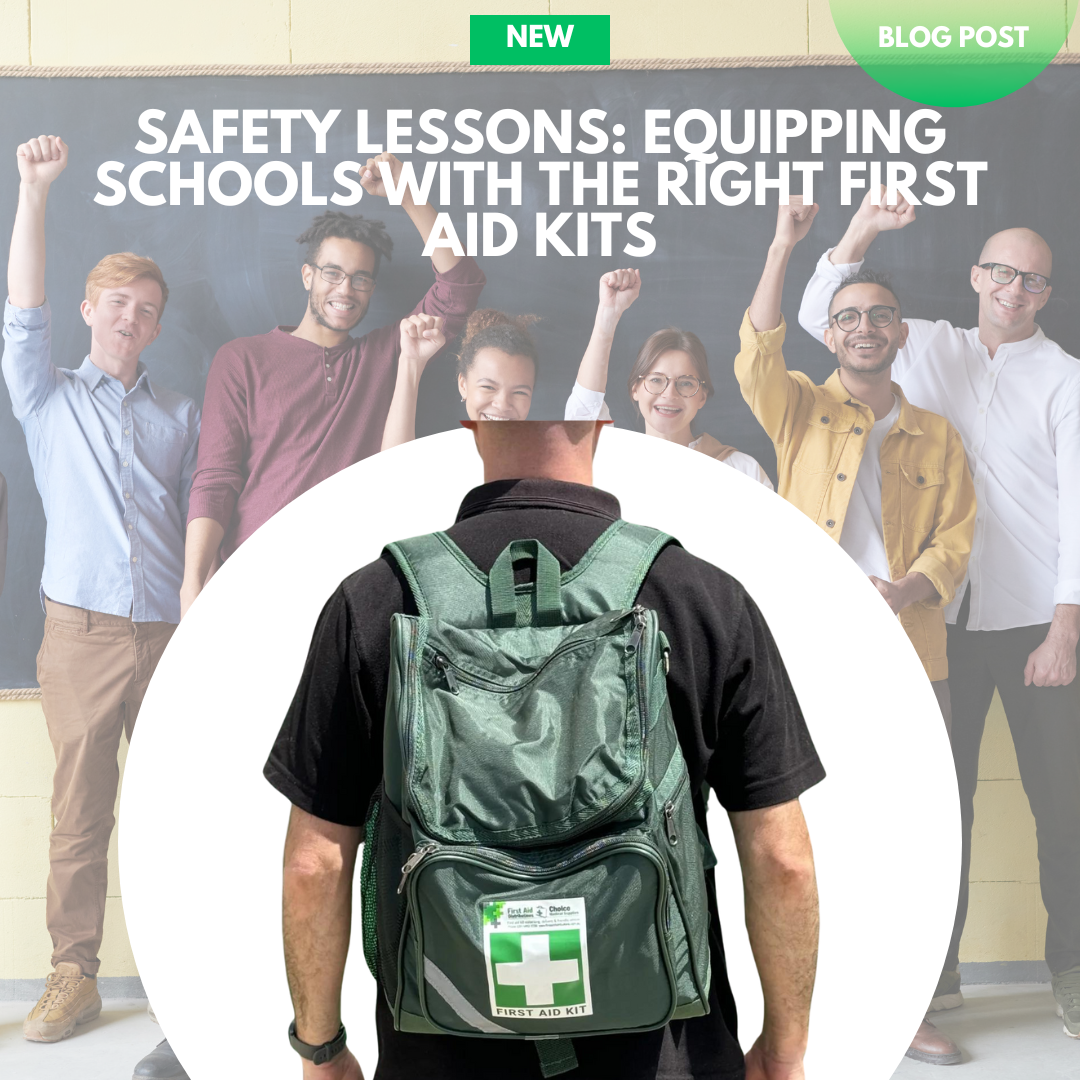FREE FREIGHT AUSTRALIA WIDE FOR ORDERS OVER $200

Safety Lessons: Equipping Schools with the Right First Aid Kits
In the bustling corridors and playgrounds of our schools, safety is a priority that cannot be overlooked. Educational institutions are not just centres of learning; they are also environments where the well-being of students and staff must be vigilantly protected. From the inevitable scraped knee in the playground to more serious sports injuries and allergic reactions, schools need to be prepared for a range of health incidents.

Essential Components of a School First Aid Kit
A school's first aid kit needs to be comprehensive, catering to the diverse needs of students from kindergarten through high school. Here are the key components that should not be missed:
- Bandages and Dressings: A variety of sizes to cover small cuts to larger wounds.
- Antiseptic Wipes and Creams: For cleaning wounds and preventing infection.
- Ice Packs or Cold Compresses: To reduce swelling and treat minor injuries.
- Gloves: Disposable gloves to prevent contamination and protect the first aider.
- Asthma Inhalers: With asthma being a common issue, having spare inhalers (specific to regulations and prescriptions) can be lifesaving.
- CPR Masks: To ensure hygiene and safety during resuscitation attempts.
- First Aid Manual: A comprehensive guide that covers a wide range of situations, from minor injuries to emergency response techniques.
Tailoring Kits to Specific School Activities
Schools should also consider the specific needs of their activities and environments. For instance, sports kits should include items like pre-wrap, athletic tape, and splints, tailored for common sports injuries. Science labs might require specific burn treatments and eye wash stations, while art classrooms could benefit from materials to treat cuts or minor burns from hot glue guns.

The Importance of First Aid Training in Schools
Equipping schools with the right first aid kits is just one part of ensuring safety. Equally important is the regular first aid training for staff and older students. Training empowers individuals to respond confidently and effectively in emergency situations, potentially saving lives. It also helps in:
- Building Confidence: Knowing what to do in an emergency can significantly reduce panic and lead to more effective aid.
- Promoting a Culture of Safety: Regular drills and training sessions reinforce the importance of safety, making it a shared responsibility among students and staff.
- Empowering Students: Teaching older students basic first aid skills not only prepares them for emergencies but also fosters leadership and responsibility.
The well-being of students and staff is paramount in the educational environment. By ensuring that schools are equipped with comprehensive first aid kits and that the school community is trained in their use, we can create safer learning environments. Regular training sessions, tailored first aid kits for different school activities, and a culture that values safety are all essential components of this effort. As we invest in education, let us also invest in the safety and preparedness that will allow our students and educators to thrive.
